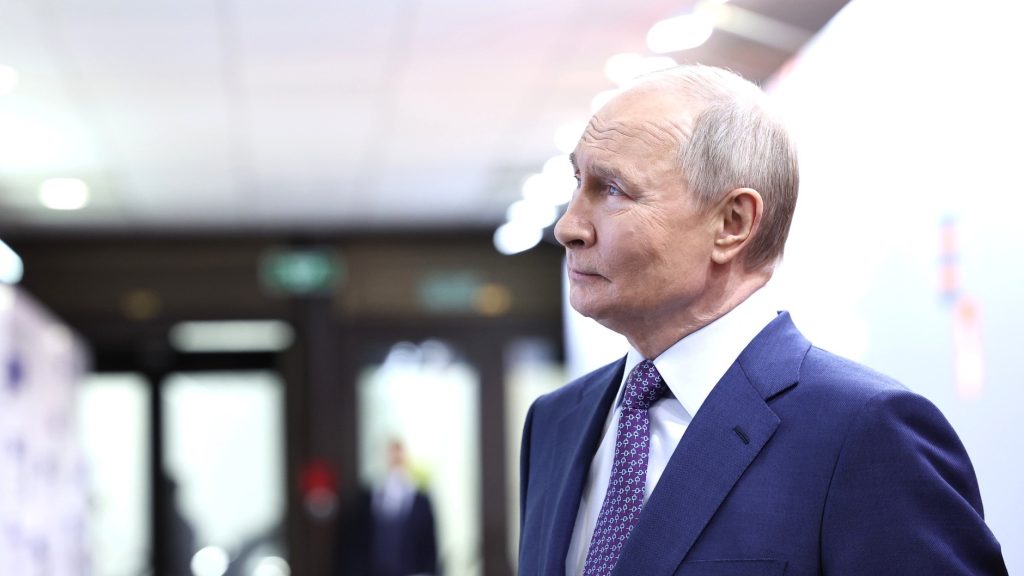Military stagnation, diplomatic failures, and economic turmoil are tightening the noose on the Kremlin. As Russia’s war drags into its fourth year, signs of strategic collapse are becoming increasingly difficult to ignore.
Others are reading now
Russia’s invasion of Ukraine, now well into its fourth year, is revealing the deep cracks forming beneath the Kremlin’s military, diplomatic, and economic strategies. What once appeared to be a campaign of domination is devolving into a long, grinding stalemate—one that Moscow may be losing.
As Michael Kimmage writes in Foreign Policy:
Slowly and not yet suddenly, Russia is starting to lose the war.
Battlefield stalemates and staggering losses
Despite limited territorial gains, Russia’s army is running on empty.
Also read
After failing for months to take the strategic city of Pokrovsk, losses have piled up at an unsustainable rate. Ukrainian officials estimate that nearly 1 million Russian soldiers have been killed, wounded, or declared missing since the war began—100,000 of them in 2025 alone.
Though Russia continues to seize a few square kilometers here and there, the strategic picture has not improved since 2022. The Kremlin is hemorrhaging men and matériel without securing meaningful advantages. The territories it holds are often little more than contested war zones with no lasting military or economic value.
Diplomatic isolation and missed opportunities
The Kremlin’s approach to diplomacy has been equally self-defeating. Hopes of leveraging a more Russia-friendly administration in Washington have backfired. Instead of reaching a ceasefire or softening U.S. resolve, the Kremlin continued shelling Ukrainian cities throughout the spring, hardening positions in both Washington and Europe.
Efforts to split the West also faltered. Berlin, under Chancellor Friedrich Merz, has committed over €500 billion to defense, while NATO allies continue to rally behind Kyiv. According to Foreign Policy, Moscow’s own aggression sabotaged any potential dealmaking: “Russia has mismanaged its diplomacy with the West.”
Economic strain and the end of the war dividend
Internally, Russia’s economy is beginning to reflect the pressure. Once boosted by wartime spending, growth has now stalled. Inflation is hovering near 10 percent. The war-induced labor shortage is pushing wages up, while falling global energy prices—spurred in part by China’s slowdown and U.S. trade tensions—are squeezing the state’s oil-dependent revenues.
For a regime that promised stability and greatness, this economic squeeze is undermining public confidence. As prices climb and living standards stagnate, more Russians are privately questioning the wisdom of a war that delivers neither peace nor prosperity.
Putin’s political gamble is turning into a liability
Vladimir Putin has built his regime around control and strength. But with his image now tied directly to a faltering war, that centralized power is also a political vulnerability. In recent weeks, Putin has broken years of silence to speak vaguely of succession—a rare and telling move.
The Kremlin may still maintain tight control over domestic messaging, but it cannot control the material reality Russians face.
Foreign Policy warns:
The only thing more dangerous to a political leader than a war of choice is a war of choice that goes badly,
Putin has bet everything on Ukraine. And as each month passes, it becomes more apparent: the war is no longer his to win.


